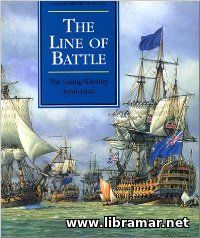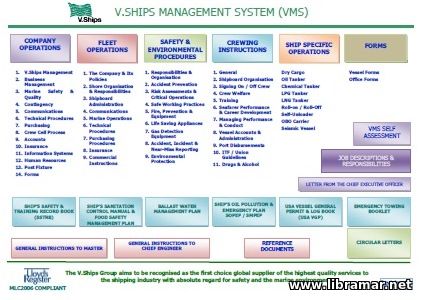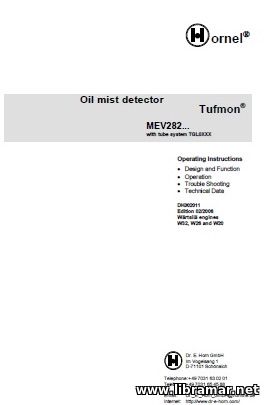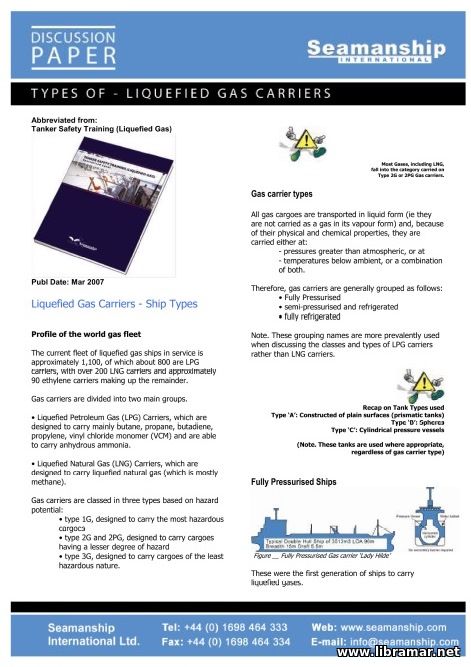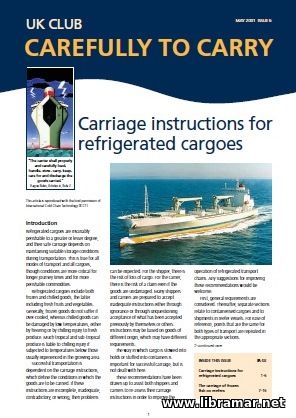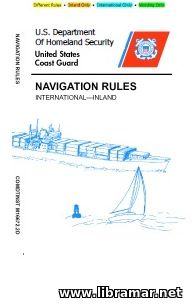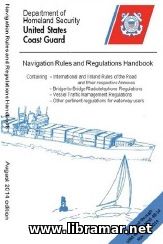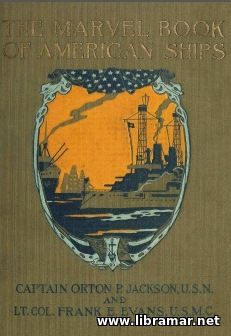
Please have a close look in this very rare and classic publication - we are glad to offer you it's completely revised and significantly expanded edition. The Marvel Book of Ships has been originally dedicated to the United States Navy fleet and the authors of this publication have made a good and successful attempt to sheds some more light on the most important and glorious pages of the history of the US Navy; the main content of the book was prepared by Orton Porter Jackson, Captain of the U.S. Navy, together with Lieutenant Colonel Frank E. Evans, U.S.M.C.
Apart from the very interesting and valuable text part, the book contains twelve perfectly colored plates and more than four hundred excellent remarkably colorful and informative illustrations, all of them made from original photographic images - the total number of photos included in the book reaches four hundred; the color plates mentioned above are depicting, for example, landing of the marines at Vera Cruz, destroyer ships in a seaway, battle-fleet in action, national merchant fags and international code of signals, famous battleships of the past, submarines etc. In short, this interesting publication will serve as a very handy reference source and just a good reading for all historians as well as all other people with a deep and serious interest in the field of naval history.
